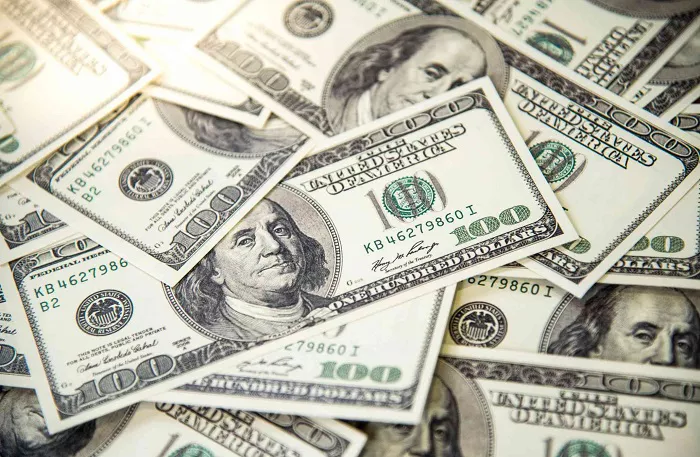The U.S. dollar strengthened on Monday following President Donald Trump’s announcement that he would impose new 25% tariffs on all steel and aluminum imports, putting downward pressure on the euro and commodity-linked currencies, including the Australian and New Zealand dollars.
Trump also stated that he would introduce reciprocal tariffs on Tuesday or Wednesday, applying tariffs matching those levied by other countries. This move adds to the growing concerns over a global trade war, with China’s retaliatory tariffs on U.S. goods set to take effect on Monday.
Trump ignited the trade tensions last week by imposing tariffs on Mexico and Canada, only to later pause them, while keeping tariffs on Chinese goods in place. This led to a cautious response from Beijing, indicating room for potential negotiations.
The euro slipped by 0.1% to $1.0317 in early trading, remaining close to its two-year low of $1.0125 reached last week, as investors braced for the tariffs Trump has repeatedly threatened against Europe. Meanwhile, the Australian dollar fell 0.21% to $0.6264, near a five-year low, and the New Zealand dollar weakened 0.12% to $0.5649. The Canadian dollar dropped over 0.2%, as Canada is the U.S.’s largest supplier of primary aluminum.
Charu Chanana, Chief Investment Strategist at Saxo, explained that the typical trade playbook no longer applies because China is no longer a major supplier of steel to the U.S. following the 2018 tariffs. She added, “The immediate concern may not be inflation, as demand slowdown could counterbalance some of the effects. The greater concern is the uncertainty and the shift toward a more protectionist global environment.”
Investor attention will now turn to U.S. inflation data set to be released on Wednesday, along with Federal Reserve Chair Jerome Powell’s testimony before the House of Representatives on Tuesday and Wednesday. With tariffs in focus, analysts suggest that tariffs could add inflationary pressures, which might prompt the Fed to keep interest rates high. Market expectations now reflect 36 basis points of rate cuts this year, down from 42 basis points after a positive payrolls report on Friday.
Macquarie strategists revised their outlook for the Federal Reserve, citing elevated uncertainty. The firm now expects no changes to the Fed funds rate in 2025, with the rate likely staying between 4.25% and 4.5%. Previously, they had anticipated a 25-basis point cut in either March or May.
The dollar index, which tracks the greenback against six other major currencies, held steady at 108.23 in early trading, while the British pound was relatively unchanged at $1.23915. The Japanese yen weakened 0.4% to around 152 per dollar but remained near a one-month high reached on Friday, as expectations grow that the Bank of Japan may raise interest rates this year.
Related topics:
IMF Urges Japan to Act Quickly to Address Fiscal Challenges Amid Rising Risks
Oil Prices Set for Third Weekly Decline Amid US-China Tariff Concerns and Iran Sanctions
IRS Finalizes DeFi Reporting Rules, Stirring Crypto Industry Backlash


